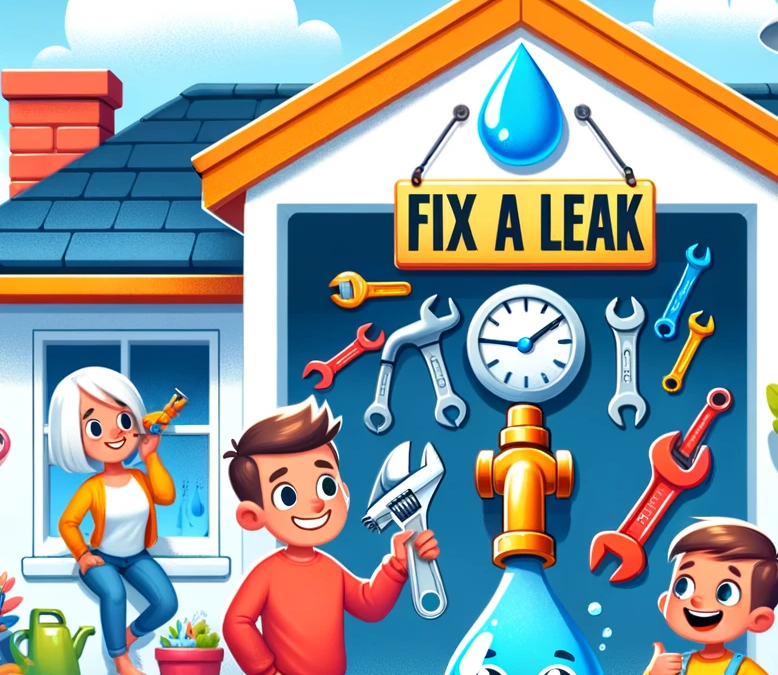Introduction
Fix a Leak Week is an essential initiative sponsored by the U.S. Environmental Protection Agency’s WaterSense program, designed to combat water waste by educating the public about detecting and fixing leaks. Held annually in March, this week emphasizes the importance of water conservation through the repair of leaks, which can save substantial amounts of water and reduce utility bills (US EPA).
Understanding Household Leaks
Household leaks are a significant source of water waste, with minor leaks in U.S. homes adding up to nearly one trillion gallons of water wasted each year. By addressing common issues such as worn toilet flappers, dripping faucets, and leaking showerheads, homeowners can prevent a considerable amount of this waste. Simple DIY fixes can lead to significant savings, highlighting the critical nature of regular home maintenance (US EPA).
Tools and Strategies for Leak Detection
Effective leak detection is crucial for water conservation. Homeowners are encouraged to check their water meter before and after a two-hour period when no water is being used to detect leaks. Other strategies include using food coloring to identify toilet tank leaks and examining faucet gaskets and showerhead connections for signs of leakage. For outdoor systems, it’s recommended to check for broken or missing sprinkler heads and hose spigots (US EPA).
Community and Educational Impact
Fix a Leak Week not only focuses on individual action but also on community engagement and education. Events across the country provide opportunities for learning and involvement, from family fun runs to leak detection contests. These events are supported by WaterSense partners who offer resources and guides to aid in finding and fixing leaks (US EPA).
Future Directions and Sustainability
As water conservation becomes increasingly critical, initiatives like Fix a Leak Week play a pivotal role in fostering sustainable water use practices. Looking ahead, the continued promotion of WaterSense-labeled products, which are certified to use at least 20% less water, will be crucial for reducing water waste on a larger scale (US EPA).
